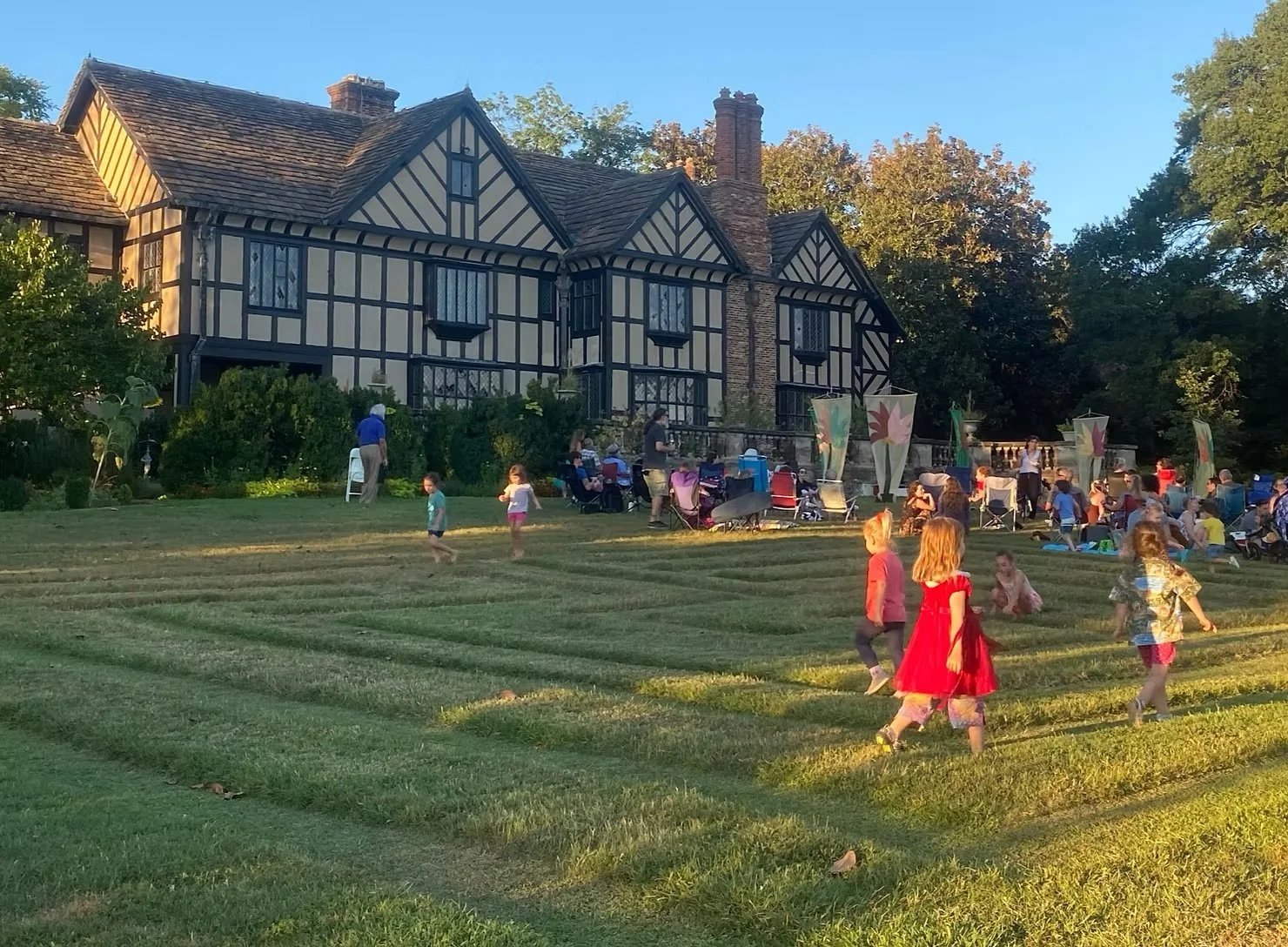Williams' Wishes
T.C. Williams, Jr. was inspired to create the Windsor Farms neighborhood in the image of an idyllic English village. In the center of his suburban development, he placed his own home, Agecroft Hall, hoping to turn it into a museum after his death. He bought Agecroft Hall in England and shipped it to the banks of the James River in Richmond, VA, the city he’d called home most of his life. When touring Agecroft, many guests question where the money came from to buy the house and rebuild it, obviously an expensive venture. Much of it was generational wealth, inherited from both his father (who died in 1889 with more than $2 million in assets) and mother, but Williams did well in business, labelling himself a “Capitalist” in the 1910 Federal census. When he passed in 1929, Williams had more than $3 million in assets, including money and real estate. February 14th, 2024 marks the 95th anniversary of Thomas C. Williams, Jr’s passing at the age of 65. A review of his will reveals his love of the Richmond community and his generosity to both individuals and a variety of civic organizations.
The will, dated August 13, 1928 (and amended September 3, 1928) not only outlines provisions for the care of his wife and their beloved Agecroft estate, but it also lists cash bequests totaling a staggering $2,811,500 (about $5,136,933.62 today). Williams left money and gifts of jewelry and/or guns to his nieces, nephews, grandnieces, and grandnephews. He also left generous financial gifts to friends, business partners, and his long time servants ranging from $10,000 for his friends, $1,000 to $5,000 for his employees and bequests of $1,000 to $3,000 to his servants.. In addition, his will has instructions that his estate should pay the executor commissions, funeral costs, outstanding debts and any inheritance taxes or fees for his beneficiaries.
Most importantly, he created a large trust fund for his wife, Elizabeth Booker Williams, as well as a trust fund to pay for the upkeep of Agecroft Hall. He left the house and grounds to Elizabeth for her use during her lifetime. He amended the will to include Elizabeth’s mothers and sisters as well. Lastly, he wanted “the entire residue of [his] estate, both real and personal, not herein before disposed of,” to be split between his remaining siblings, his brother Adolph and sister, Sue. Obviously, he was worth far more than $2,811,500 at the time of his death in 1929.
Williams was a very charitable man with a great love for the city he had called home for most of his life. He left a large portion of his estate to public institutions that addressed educational, religious, and healthcare needs of the community. Among them were the University of Richmond, the Richmond Foundation, the First Baptist Church, and many healthcare facilities. Although the names of some of the health and welfare organizations have changed over the years, many are still providing services today including the Virginia Home, the Baptist Home for Aged Women, the Baptist Orphanage of Virginia (Salem, VA), the Virginia Mechanics Institute (later incorporated into Richmond Public Schools), Retreat Doctors Hospital, the Children’s Hospital of Richmond at VCU, the Children’s Home Society of Virginia, the Instructive Visiting Nurses Association , the Sheltering Arms Free Hospital (known today as Sheltering Arms Institute) and the Catawba Sanatorium (Salem, VA).
His largest gift was Agecroft Hall, which he saw as a cultural asset for the Richmond community. Particularly important is this little quote from T.C.Williams, Jr.’s will regarding the planned future use of the building:
“It is my earnest hope that this Institution will prove to be a source of
pleasure and instruction to the people of Richmond,
among whom I have spent my life.”
Williams wanted to call the institution “Agecroft Hall Library and Gallery of Art: T.C. Williams Family Memorial.” However, in the years between his death (1929) and when his wife moved out (1967), the Virginia Museum of Fine Arts opened so there was no significant need for another art gallery. Instead, it was decided to create a museum that focused on the house’s unique history as a Tudor manor house. The house and gardens opened to the public in 1969 and since that time, several generations of dedicated staff have expanded the educational, artistic and social activities that draw thousands of people every year. We believe that Agecroft Hall & Gardens is indeed bringing T.C. Williams’ dream of “pleasure and instruction” at a vibrant cultural organization to life for generations of visitors.

